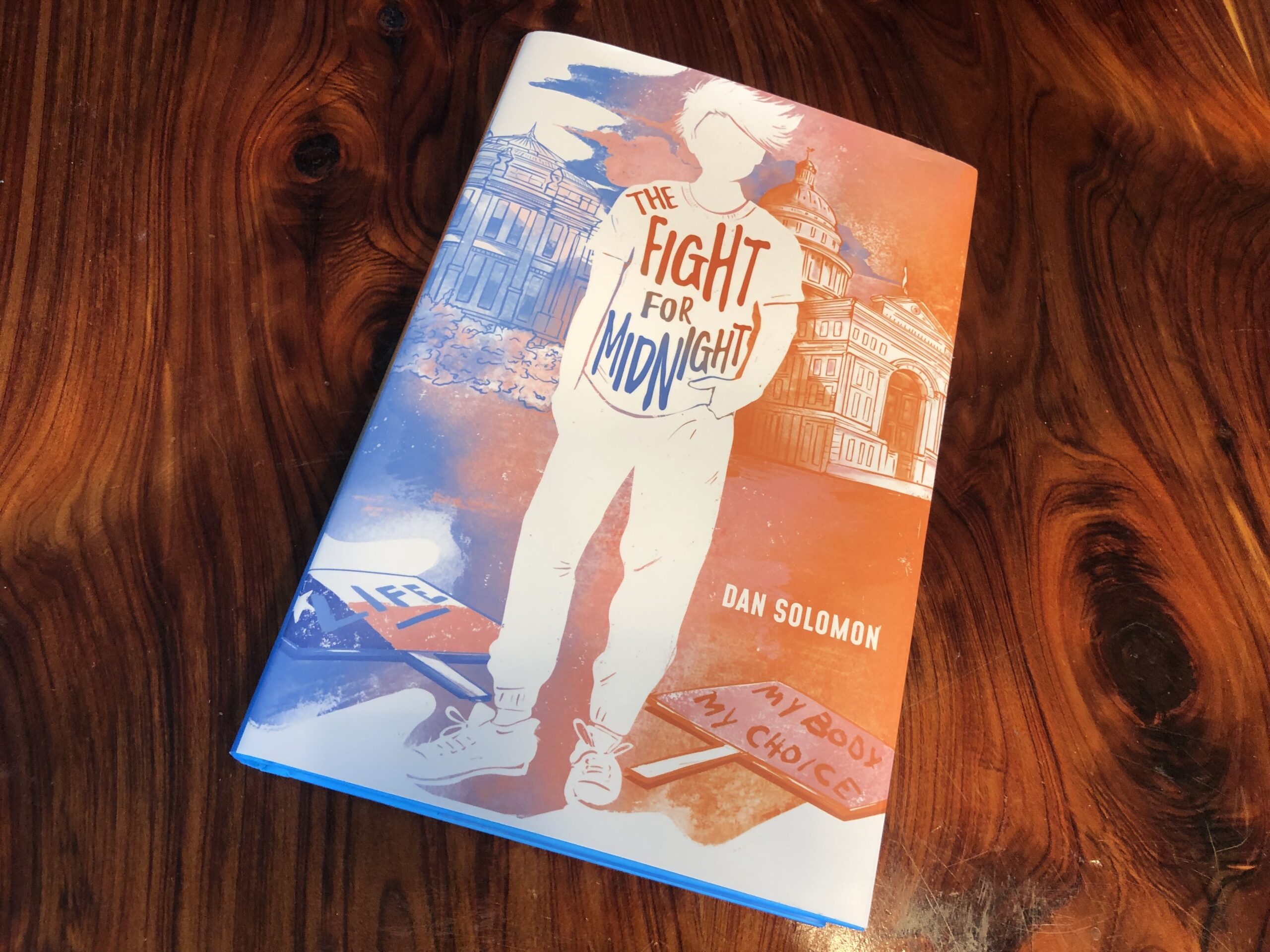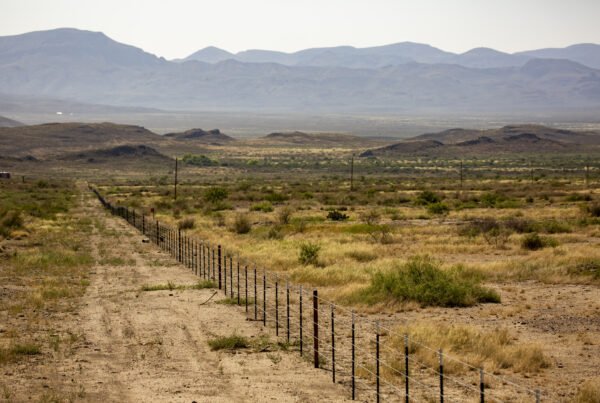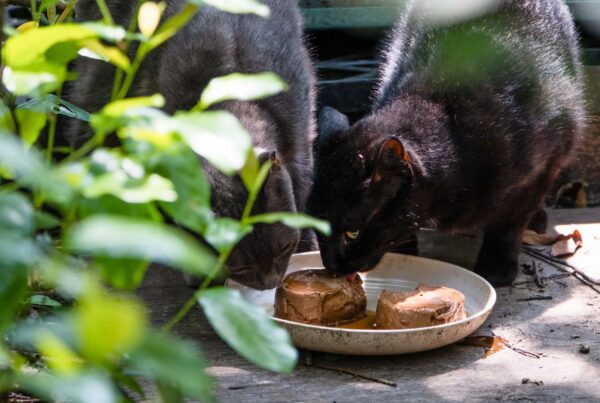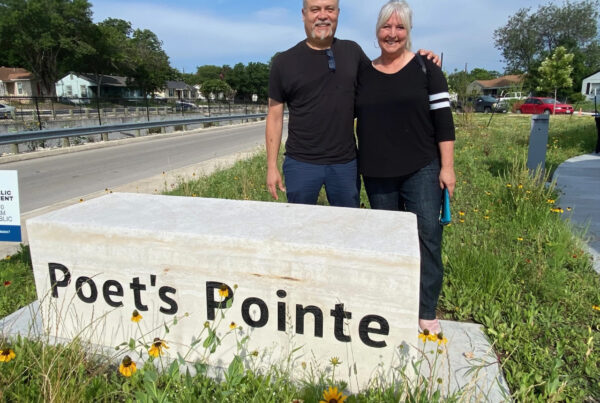A teenage boy wearing white finds himself in the middle of a political protest and counterprotest he knows nothing about. One side is wearing blue, the other orange. It’s a fictionalized story about the real-life history of former state Sen. Wendy Davis’ abortion filibuster in 2013.
Journalist Dan Solomon covered the protests surrounding the filibuster for the Austin Chronicle and started writing his debut novel, “The Fight for Midnight,” shortly after. It’s a book for young adults following Alex, who is taken to the Davis protests by a girl he has a crush on, not knowing anything about the filibuster or where he stands. After running into an ex-friend of his among abortion-rights supporters, he soon learns that being in the middle isn’t an option.
Solomon, who now writes for Texas Monthly, joined the Standard to discuss his new book and political involvement in Texas. Listen to the story above or read the transcript below.
This transcript has been edited lightly for clarity:
Texas Standard: So how did it become a YA novel?

Author Dan Solomon.
Photo by Jeff Wilson
Dan Solomon: Well, I was there. I was a grownup at that point – I had a job and paid taxes – and it was still kind of a life-changing experience for me. Just seeing all of the energy, all of the passion, all of the kind of down ‘n dirty politics and seeing protests, which I was familiar with, actually make a substantive difference in how the day’s events went on.
And so as I was thinking about that as an adult, I was thinking, what if I had been 17 at the time, when your life is so ready to be changed by these events? And so it just sort of made sense to me to put that character in this situation and see where it led.
So let’s talk about that character. His name is Alex, the teen in white. He sort of embodies the person who hasn’t thought a lot about abortion access. And so he has a lot more going on in his life than just showing up at this protest. Can you talk about what it was like to write about and for teenagers?
Yeah, sure. The thing that’s so compelling to me about being a teenager is that all of your feelings are so big and so true and so valid. So the political nature of the book is important to me, but it’s also really important to get into those feelings and to see how that intersects with what’s going on outside of your own perspective.
So writing Alex was really for me about trying to tell a story that was emotional first and that used the political context of the day to tell this emotional story and to hopefully be a little more engaged with the politics of it because you’re engaged with the emotion of it.
Alex gets accused quite a bit of not caring, and that might be true at first when he sort of stumbles into this protest/counterprotest. But later, he really is actually considering a lot of everything that he’s hearing. Is there a lesson here in how we engage with one another about complicated issues?
I hope so. Yeah, I mean, I really wanted to make sure that the book represented both sides very fairly, very honestly, kind of in the best faith possible. You know, my mom is staunchly opposed to abortion. I think abortion is a human right, and I don’t wanna write a book that portrays my mom’s genuine conviction in bad faith, cause I don’t think it’s hypocritical.
I think that there are lots of reasons that people are opposed to abortion and come up with really different reasons for it. And so I wanted to tell their perspective really honestly, because Alex comes to a different conclusion, and in order for that conclusion to be meaningful, the other perspective had to be represented really well.
Otherwise, you could just think, well, what if he hears a really good argument 10 minutes after this book ends and changes his mind? So I wanted to put that argument in the book, and the only way to do that is to be really faithful to the other position.
You mentioned that this is now sort of historical fiction – and that gives me weird feelings to think that this was 10 years ago – but really in a lot of ways what happened in 2013 is ancient history in the conversation about abortion, too. I mean, since then there’s been different efforts by the state Legislature; the Supreme Court had a ruling that overturned Roe v. Wade. Why do you think people still need to hear about what happened in Texas 10 years ago?
So it is funny because HB2, the bill in the book, would be wildly progressive by Texas’ current laws. But it was really kind of the first place that we saw this sweeping anti-abortion law. You know, they pop up in different forms, in different places, at least pre-the fall of Roe. This book is about abortion really specifically, but the same techniques, the same strategizing is used for all sorts of issues.
You’ll see it like with anti-trans legislation right now; kinda the same groups that were responsible for crafting HB2 are now crafting anti-trans legislation. And so being aware of how these things work, of how movements rise up for and against these things and how to find your voice in that, I think is relevant no matter where the law is on abortion at the moment.
Could you talk about your process? Were you watching Senate videos over and over again to see who spoke at what second and which person stood up next?
Yeah, I really was. There are a couple of really detailed and incredibly helpful annotated transcripts of the day that are floating around online or in books, and so that was really helpful. Everything that happens on the Senate floor in the book happens exactly as it went down on the day. So I didn’t paraphrase any dialogue. I occasionally cut a sentence or two, but that was really as far as it got.
The book is time-stamped, and those timestamps correspond to where we were in the day. And that was important because the events that are happening on the Senate floor, I kind of think of them like a weather event or something. Like it’s just a thing that’s happening, and the story of the book is happening outside of the chamber.
And it was really important to me to be very accurate, because that gave me all of the space I needed to be creative with the characters who are fictional. You know, in our memories we can sort of amalgamate and we can gloss over, but there are other things that really stick out very boldly.
When you think about your own experiences that day at the Capitol, what are some of those images that keep in your mind?
All of the boxes of pizza – that’s a recurring theme in the book – because it was such a wild thing to see. People wanted to help, and there was very little that they could actually do from around the world. But this was a global event as it was happening, and so there were all these people sending boxes and boxes of pizza to the protesters.
So that was something that just always stuck with me, because I could see the desperation from people around the world to get involved here and how little avenue they had to do that. And it all manifested in pizza, which really spoke to me.
As we mentioned, life and politics move forward. And there are many things that happened at the Capitol this past legislative session that didn’t draw the kinds of crowds that were there in 2013 during this filibuster. What do you think is the message about political involvement and whether it makes a difference in Texas?
I think that one of the reasons I was really eager to have this book come out this year is that during this session we saw some protests that reminded me a little bit of that energy. And we saw a little bit of that when they were doing some of the immigration bills a couple years ago. But we haven’t seen anything quite like that; that was kind of an unusual, unprecedented and an unrepeated event.
But I think that if you tell stories that remind people of that energy and that remind people of the impact that it can have, maybe you see something different. And I think it would be great to see a lot more young people get involved and show up.
There were organizers who had been fighting against abortion laws for many years at the Capitol, but there were also so many young people who were showing up for the first time. And I think that you really need both in order for protests to mean anything. So, yeah, I wanted to tell a story that reminded people – or told people who weren’t around for the first one – that this actually happens.













